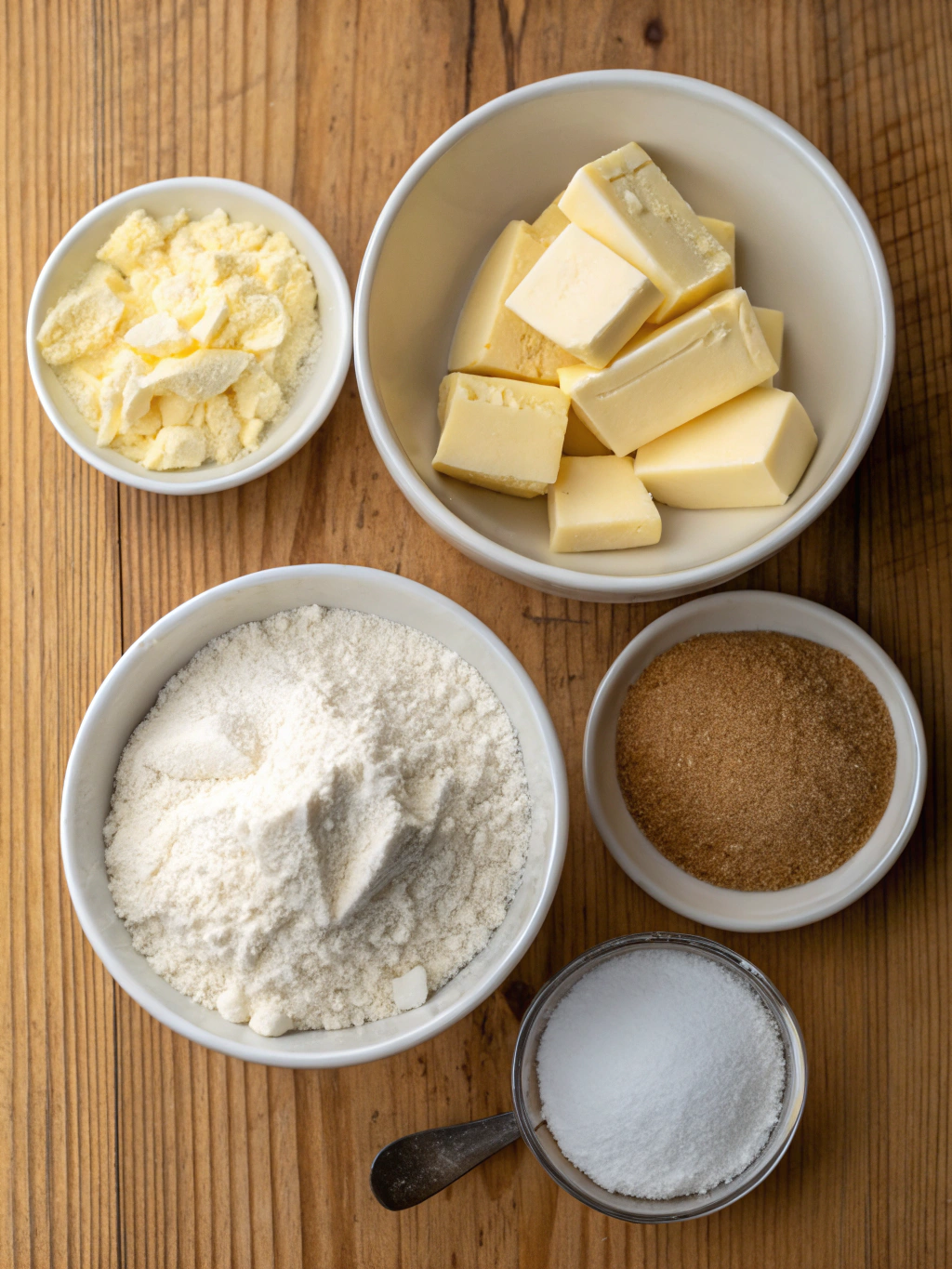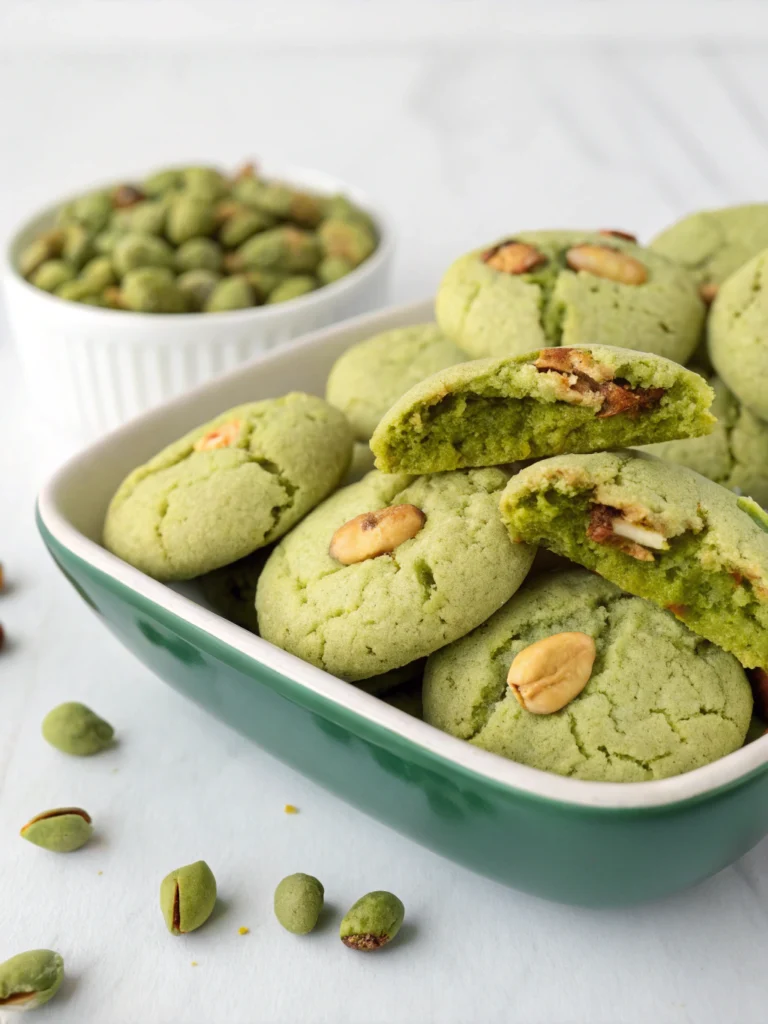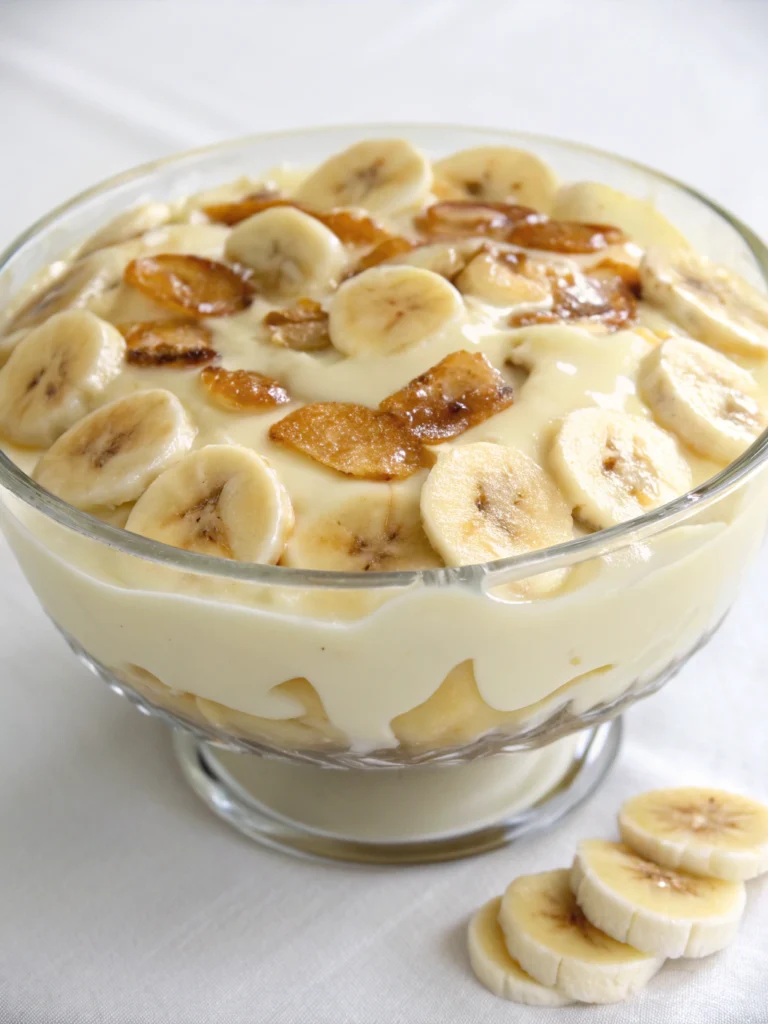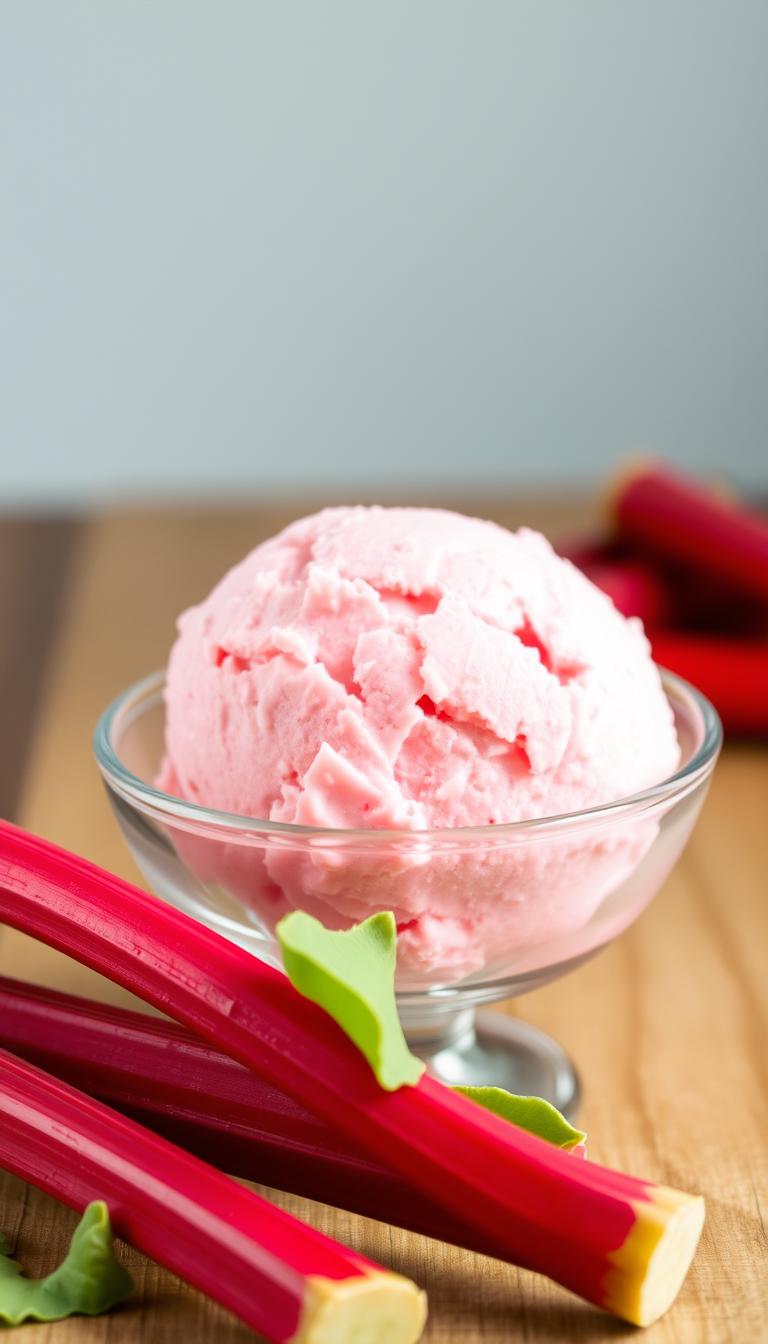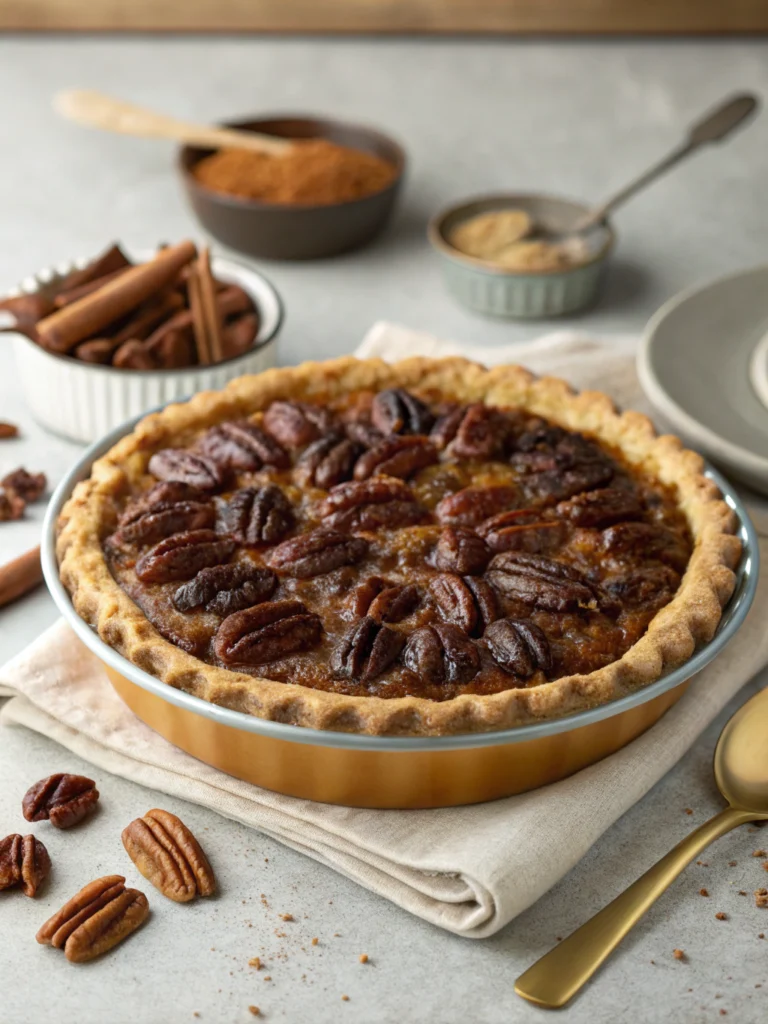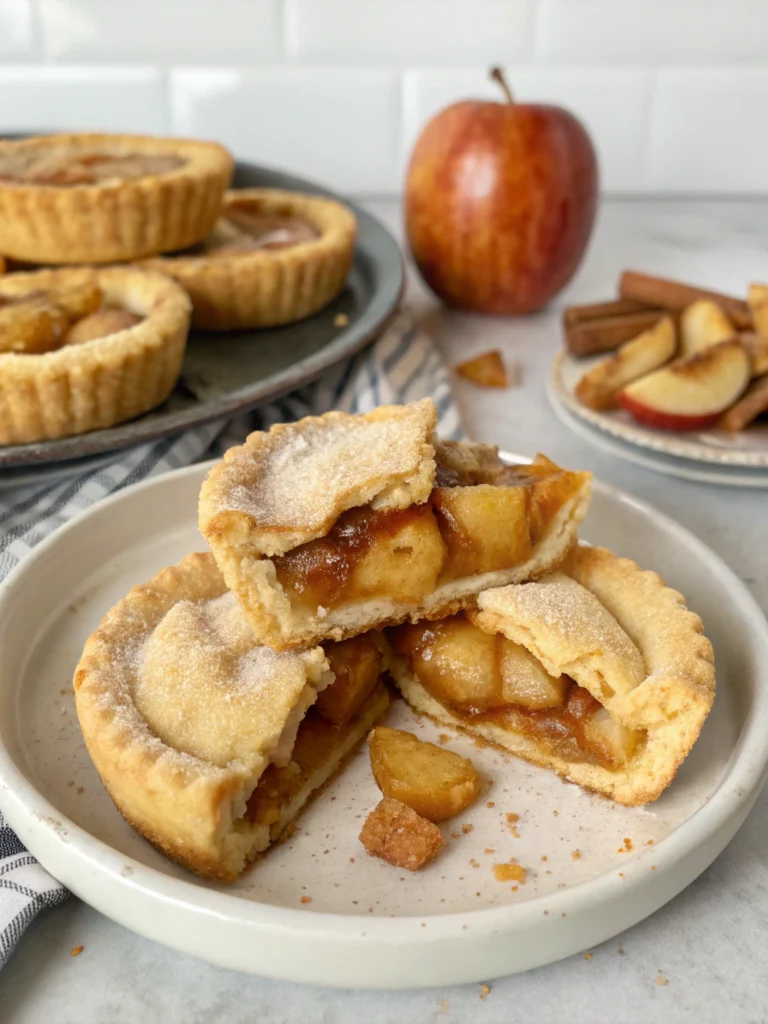Shortbread Cookies
These buttery, melt-in-your-mouth shortbread cookies are the perfect balance of sweet and rich with a delicate, crumbly texture. Made with just a few simple ingredients, this traditional Scottish treat requires minimal effort but delivers maximum flavor.
Easy Shortbread Cookies Recipe
There’s something magical about shortbread cookies that transforms the simplest ingredients—butter, sugar, and flour—into something extraordinary. These classic shortbread cookies have been a staple in Scottish bakeries for centuries, and for good reason. The rich, buttery flavor paired with the delicate, sandy texture creates an irresistible treat that’s perfect with afternoon tea or as a holiday gift.
Traditional shortbread dates back to the 16th century and was considered a luxury item reserved for special occasions like Christmas and New Year (Hogmanay in Scotland). Today, these shortbread cookies remain a beloved holiday tradition, though they’re wonderful any time of year when you crave something sweet yet understated.
THIS RECIPE:
- Uses only 5 simple ingredients you likely already have in your pantry
- Requires no special equipment—just a bowl and your hands
- Features the authentic 3:2:1 ratio of flour, butter, and sugar for perfect texture
- Can be customized with various flavor additions while maintaining classic appeal
| Recipe Details | Information |
|---|---|
| Prep Time | 15 minutes |
| Chill Time | 30 minutes |
| Bake Time | 20-25 minutes |
| Total Time | 1 hour 10 minutes |
| Servings | 24 cookies |
| Yield | 2 dozen shortbread cookies |
These homemade shortbread cookies are incredibly easy to make but taste like they came from a high-end bakery. The simplicity of the recipe makes it perfect for bakers of all skill levels, while the results are consistently impressive. Unlike many sweet treats, shortbread cookies celebrate the pure flavor of butter, making them sophisticated in their simplicity.
Ingredients for Shortbread Cookies
The beauty of shortbread cookies lies in the quality of their few ingredients. Since this recipe contains so few components, each one plays a crucial role in the final result. Splurging on high-quality butter will make a noticeable difference in both flavor and texture.
For the Shortbread Cookies:
- 2 cups (240g) all-purpose flour
- 1/2 teaspoon salt
- 1 cup (226g) unsalted butter, softened but still cool
- 2/3 cup (135g) granulated sugar
- 1 teaspoon pure vanilla extract (optional)
For the Topping (Optional):
- 2 tablespoons granulated sugar for sprinkling
- OR
- 1/4 cup turbinado sugar for a crunchy finish
When making shortbread cookies, the quality of your butter is paramount. Look for European-style butter with higher fat content for the richest flavor. The butter should be softened but still cool to the touch—not melted or too warm, as this will affect the texture of your cookies.
| Ingredient | Recommended Quantity | Quality Tips |
|---|---|---|
| Butter | 1 cup (226g) | Use high-quality, unsalted European-style butter (82% fat content) for best results |
| Flour | 2 cups (240g) | All-purpose flour works perfectly; for extra tenderness, you can substitute 1/4 cup with cornstarch |
| Sugar | 2/3 cup (135g) | Superfine sugar incorporates more easily, but regular granulated works well too |
| Salt | 1/2 teaspoon | Fine sea salt enhances the butter flavor without making cookies taste salty |
| Vanilla | 1 teaspoon | Pure extract only; imitation will compromise the delicate flavor |
How to Make Shortbread Cookies
Making perfect shortbread cookies is all about gentle handling and proper chilling. The dough should never be overworked, as this develops gluten and toughens the cookies. The following method preserves that signature melt-in-your-mouth texture that makes shortbread so special.
Prepare the dry ingredients: In a medium bowl, whisk together the flour and salt until well combined.
Cream butter and sugar: In a large bowl, beat the softened butter and sugar together until just combined and slightly lightened in color, about 2-3 minutes. You’re not trying to incorporate air as with other cookies; you want a smooth, creamy mixture without becoming fluffy.
Add vanilla (if using): Mix in the vanilla extract until incorporated.
Incorporate the flour mixture: Add the flour mixture to the butter mixture and mix on low speed just until the flour is incorporated and the dough starts to come together. The dough will look crumbly at first but will come together with gentle mixing.
Form the dough: Turn the dough out onto a clean surface lightly dusted with flour. Gently knead the dough just 2-3 times to bring it together. Shape into a disc if planning to roll out, or prepare according to your preferred shaping method.
Chill the dough: Wrap the dough disc in plastic wrap and refrigerate for at least 30 minutes or up to 2 days. Chilling relaxes the gluten and firms up the butter, ensuring your cookies maintain their shape during baking.
Preheat oven: When ready to bake, preheat your oven to 325°F (165°C). Line baking sheets with parchment paper.
Shape cookies: For traditional wedges, press the dough into a 9-inch round pan, score into 12 wedges, and prick with a fork. For cut-out cookies, roll the chilled dough to 1/4-inch thickness and cut with cookie cutters. For slice-and-bake, form into a log, chill, and slice into 1/4-inch rounds.
Final touches: If using sugar topping, sprinkle over cookies before baking. For a professional finish, prick the surface of each cookie with a fork in a decorative pattern.
Bake: Place in the preheated oven and bake for 20-25 minutes until the edges are just beginning to turn golden. The cookies should remain pale on top.
Cool properly: Allow the cookies to cool on the baking sheet for 5 minutes before transferring to a wire rack to cool completely. Shortbread cookies are extremely delicate when hot and will firm up as they cool.
Tips for Making Shortbread Cookies
Mastering shortbread cookies requires attention to a few key details that can make all the difference between good and exceptional results:
- Keep ingredients cold – Work with cold butter and don’t overmix, which keeps the cookies tender
- Handle minimally – The less you work the dough, the more delicate your shortbread will be
- Use a light touch when measuring flour – Spoon into measuring cups and level off rather than scooping directly with the cup
- Watch carefully while baking – Shortbread should remain pale with just slightly golden edges
| Technique | Recommendation | Impact on Result |
|---|---|---|
| Mixing method | Mix just until combined | Prevents tough cookies |
| Dough temperature | Always chill thoroughly | Maintains shape during baking |
| Oven placement | Middle rack only | Ensures even baking |
| Thickness | Maintain consistent 1/4-inch thickness | Provides ideal texture and baking time |
The most critical step in making perfect shortbread cookies is managing the butter temperature throughout the process. The butter should be cool enough to hold its shape but soft enough to cream with the sugar. If your hands leave an imprint when gently pressing the butter, it’s at the perfect temperature for shortbread.
Make-Ahead Instructions
Shortbread cookies are excellent candidates for make-ahead preparation, making them perfect for holiday planning or unexpected guests:
You can prepare the dough up to 3 days in advance and store it tightly wrapped in the refrigerator. The dough may become quite firm when thoroughly chilled; allow it to sit at room temperature for 15-20 minutes before rolling or shaping.
For even longer storage, prepare the dough through step 6, then freeze the wrapped disc or log for up to 3 months. Thaw overnight in the refrigerator before proceeding with shaping and baking.
If you prefer to prepare the cookies entirely in advance, baked shortbread can be stored in an airtight container at room temperature for up to 1 week before serving. The flavor actually improves after 24 hours as the butter notes develop further.
Storing Leftovers
Proper storage is essential to maintain the delicate texture and flavor of shortbread cookies:
Store completely cooled shortbread cookies in an airtight container at room temperature, placing parchment paper between layers to prevent sticking or breaking. Properly stored, they will remain fresh for up to 2 weeks, though the texture is best within the first week.
For longer storage, keep the container in a cool, dry place away from direct sunlight and strong odors, as shortbread readily absorbs surrounding scents due to its high butter content.
If your kitchen is particularly warm or humid, refrigeration may be necessary to prevent the butter in the cookies from turning rancid. Let refrigerated cookies come to room temperature before serving for the best flavor and texture.
Freezing Shortbread Cookies
Shortbread cookies freeze exceptionally well, making them perfect for advance preparation:
To freeze baked shortbread cookies, allow them to cool completely, then arrange in a single layer on a baking sheet and freeze until solid (about 1 hour). Transfer the frozen cookies to airtight containers or freezer bags with parchment paper between layers to prevent sticking.
Properly wrapped shortbread cookies can be frozen for up to 3 months without significant loss of quality. Label containers with the date to keep track of freshness.
To thaw, remove cookies from the freezer and let them come to room temperature while still in their sealed container (about 1-2 hours). This prevents condensation from forming directly on the cookies, which would make them soggy.
Pro tip: If you need to refresh the texture of thawed shortbread cookies, place them on a baking sheet in a 300°F oven for 3-5 minutes, then cool completely before serving.
Serving Suggestions
Shortbread cookies are versatile and can be served in numerous elegant ways:
Pair these classic shortbread cookies with hot beverages like Earl Grey tea, coffee, or hot chocolate for a traditional afternoon treat. The buttery cookies provide the perfect contrast to the warm drinks.
For a more indulgent dessert, dip half of each cookie in melted dark or white chocolate and sprinkle with crushed nuts, dried lavender, or citrus zest.
Create beautiful cookie gift boxes by layering shortbread with parchment paper in decorative tins or boxes, perhaps including a variety of shapes or flavors for visual interest.
For a quick but impressive dessert, crumble shortbread over vanilla ice cream and drizzle with caramel sauce or serve alongside fresh berries and whipped cream.
FAQ
Can I use salted butter instead of unsalted?
Yes, you can use salted butter, but omit the additional salt in the recipe. The flavor will be slightly different, as unsalted butter often has a fresher, cleaner taste that lets the pure butter flavor shine through in shortbread.
Why did my shortbread cookies spread too much during baking?
Spreading usually happens when either the butter was too warm or the dough wasn’t chilled long enough before baking. Always chill your dough for at least 30 minutes, and if your kitchen is warm, return cut cookies to the refrigerator for 10 minutes before baking.
Can I add other flavors to the basic shortbread recipe?
Absolutely! Shortbread is wonderfully adaptable. Add 1-2 teaspoons of citrus zest, 1/2 teaspoon of ground spices like cinnamon or cardamom, or 1/2 cup of finely chopped nuts. For chocolate shortbread, replace 1/4 cup of flour with cocoa powder.
Why do I need to prick shortbread with a fork?
Pricking creates steam vents that prevent the shortbread from puffing up unevenly during baking. It also helps the cookies bake evenly throughout and creates the traditional decorative pattern associated with shortbread.
Can I use alternative sweeteners in shortbread cookies?
Traditional shortbread relies on the specific properties of granulated sugar, which creates the characteristic sandy texture. While you can experiment with alternatives like coconut sugar, be aware that the texture and flavor will change significantly. Avoid liquid sweeteners as they’ll alter the dough consistency too dramatically.


